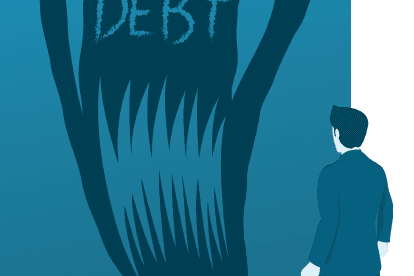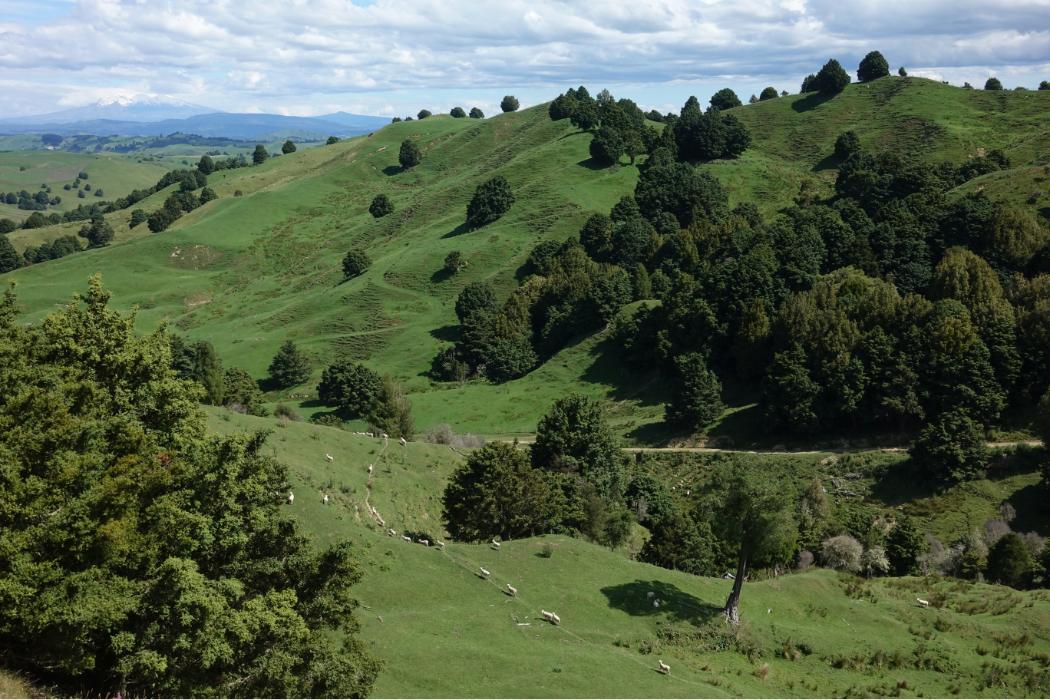Never the twine shall meet
How do you secure your farm business with rising inflation and consequent high interest rates? Confront your debt and costs sooner rather than later, Kerry Dwyer writes.

How do you secure your farm business with rising inflation and consequent high interest rates? Confront your debt and costs sooner rather than later, Kerry Dwyer writes.
Inflation and increasing interest rates are putting pressure on farming businesses. How you handle these will have huge impacts on your future.
Some of us lived through the period after 1984 when the Lange Labour Government deregulated the economy, with interest rates reaching over 20% for some. Inflation peaked in the early 1990s. Farm business responses varied, we either adapted or failed. The toll was huge and lessons learned have been carried by those who were there.
In 1990 I spent a few months interviewing 200 farmers from Blenheim to Palmerston, to gauge how they handled drought and government support packages that had been available.
I met a range of people, some who were still farming and some who had exited with the help of a government exit grant. One that stuck in my mind was an ex-farmer who then did a PhD on how farming businesses handled the changes introduced by the Labour Government from October 1986.
He had done in-depth work with farmers, to find that those who acted to make structural changes within a three-month period of that election had the best outcomes both short and long term. Those who responded slower had worse outcomes. I regret I never went back to further discuss his research.
Putting that into contemporary times, consider those businesses most impacted by Covid-19 and the resulting lockdowns. Some sat and waited, with government assistance, and some got into action making structural changes to their enterprises. The results are most likely in line with that 1980s research.
Reading today’s media there are any number of farming people complaining about the effect of inflation on their costs. Few are complaining about how their product prices have also inflated.
Rising interest rates are being used in an effort to curb inflation. History shows that it has had mixed results in the past, yet it is being tried again. We will suffer a double whammy because history is not always learnt from.
How do you secure your business future? Structural soundness and efficiency are important at all times, but especially when the pressure is on. How does your business rate in both?
Debt and interest rates
Structural soundness relates to capital structure and debt loading. Does your debt loading mean you can show a profit with higher interest rates? Farming lenders have been working to reduce their exposure over the past few years, which has been irritating for some, but if you have been forced to lower debt ratios, be thankful now.
If your debt levels and servicing costs are high, consider seriously, and quickly, how to alter that structure. That may mean asset sales to a small or large degree.
Economists are predicting house prices to fall. Will similar drops be seen in the value of farms and machinery? With banks requiring increased capital we may get a hit from that and lowering asset values to really hurt your capital ratios.
I have advised clients to get real definition from their bankers on what their credit ratings are, and what impact that has on lending margins. Some bankers do not want to divulge the classifications, but consider how important it is to your business and how you can use that information.
Consider what capital items are really required in your business and private life. Having a machine that gets used a couple of days a year is very nice when you can afford it. But when the going gets tough what is more important? A boat or food on the table?
Strive for efficiency
Efficiency is the other tool for hard times. Working harder is not the same as working smarter. High productivity is part of efficiency.
I saw a farmer who had a good farm, with a gross income of about $300,000. He had a 150hp tractor doing about 700 hours a year. The total cost of tractors has been running at about $1/hp/hour, but that may be on the rise. His tractor cost was therefore about $100,000/year, or a third of his gross income.
While that is not all cash cost, it is a cost that will be faced over time, when maintaining and replacing the machine. He has a structural problem in that his business cannot fund that tractor over time, because it costs too much relative to income (and profit). He can ignore the problem or confront it. Feeding balage and doing his own cultivation should be considered very carefully.
I had a client doing some spray painting who had a two-litre feed pot, and was planning to use 80 litres of paint on the job at hand, paying an employee to do it. I lent him my 10 litre pot, with hoses, which I had paid $300 for. The saving in time between the two options paid for itself.
About 30 years ago I had a client tell me he couldn’t understand some farmers tying gates up with binder twine, so I made sure I had none on our place. His point was the time it takes to undo and retie the twine at each gate was not efficient compared to a chain and latch, let alone the security issues when the twine gets chewed. When you can’t afford a chain and latch, think about the hidden cost of time.
I once visited a farmer with about 3000 stock units, who was wintering them in 12 mobs depending on age etc. I advised him to mob them up and get an off-farm job to fill his time in. He did that and later commented it was far better for him and his business.
Efficiency can be measured in various ways, inputs versus outputs of hard items such as fertiliser, fuel, feed supplements etc is reasonably easy. Time and effort are vital to your business.
Driving around the country I see dairy farm people riding various machinery behind the cows on their way to milking. I had a client in the 1980s who had a push bike he would ride to the paddock, leave there and walk behind the cows back to the shed. Whacky but good for him, the cows and his profit.
Consider whether your business has structural problems. Confront them sooner rather than later because the pain of being late might be more than the pain of early divestment.
Consider efficiency and productivity. Get the tools that do the job best, with least cost of capital, cash and time.
- More on inflation and farm costs next issue.




